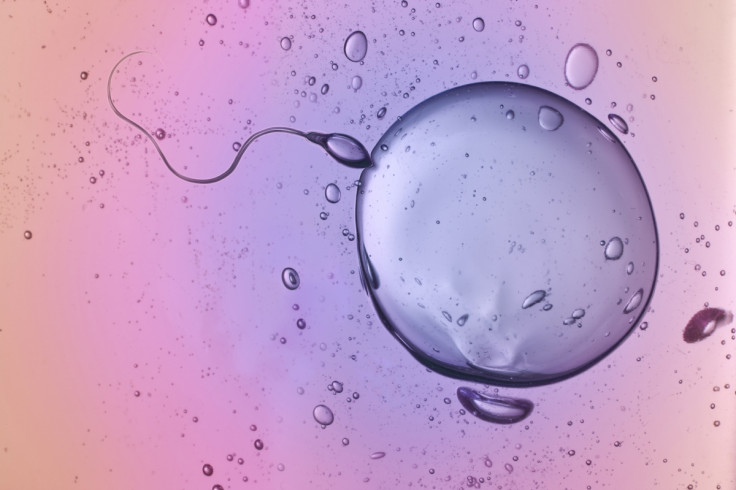Why is the sperm attracted to the egg? Mechanism behind sperm mobility offers fertility clues

Scientists have discovered the mechanism which triggers sperm cells' movement towards the egg. An enzyme, which had not been identified before in the process, appears to be involved, governing the attraction between male and female gametes.
Published in the journal Science, the discovery raises hopes that new male contraceptives as well as fertility treatments for men with low sperm mobility could be designed.
Calcium and mobility
The team of scientists, from Berkeley University in California, investigated all the molecular mechanisms behind sperm-cell mobility, in order to pinpoint exactly what drives their movement towards the female's reproductive cells.
Sperm cells are naturally not very mobile, and they cannot reach the egg unless they are activated by the hormone progesterone. Previously, scientists found that sperm-cell mobility was driven by the presence of calcium in the sperm's tail (or flagella), under the action of a protein called CatSper. But the relationship between calcium, progesterone, and CatSper was not well understood and the study's authors suspected another molecule was involved.
Identifying ABHD2
A series of experiments proved them right. First, the scientists showed that CatSper did not directly interact with progesterone to activate sperm-cell mobility. To prove this, they inhibited a group of molecules which they suspected of interacting instead with progesterone. CatSper itself was not inhibited. No sperm mobility was detected, suggesting that no direct interaction between CatSper and progesterone was responsible for sperm movement.
Secondly, within this group of suspected molecules, the scientists isolated an enzyme called ABHD2, located in the sperm's outer membrane.
When this particular molecule was inhibited, no mobility was detected. However, when ABHD2 functioned normally, sperm movement occurred. The scientists therefore concluded this enzyme was the molecular target for progesterone. Their interaction allows CatSper to work normally, with calcium entering the flagella and sperm moving towards the egg.
The discovery could pave the way for new contraceptive methods and for fertility treatment, directly targeting activation of ABHD2.
"Developing new compounds that block ABHD2 ultimately may yield new contraceptive methods to prevent sperm from reaching the egg", emphasises Stuart Moss, director of the male reproductive health program at the National Institutes of Health that funded the study.
© Copyright IBTimes 2025. All rights reserved.






















